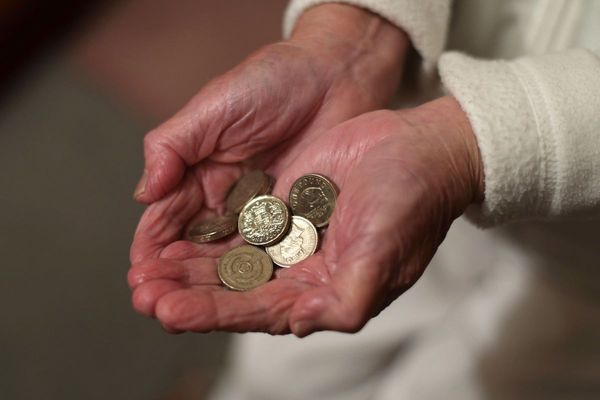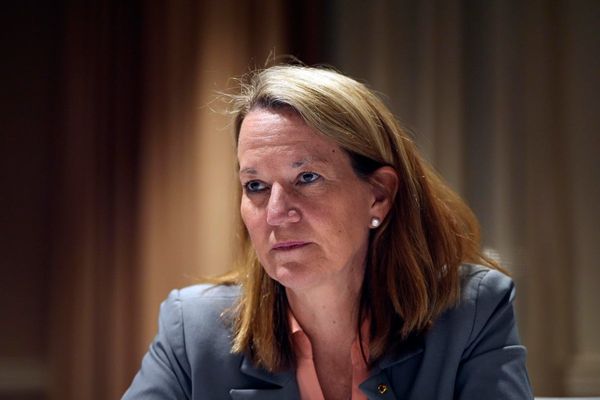
Summer is winding down and autumn is on its way as the weather cools down and trees start losing their leaves.
As we transition into the sweater-weather season, we also welcome the autumn equinox, a day in the calendar that people either love or hate because it signifies the end of summer.
'Moongazers' especially appreciate this time of year since the famed Harvest Moon (full moon) follows soon after, on September 29.
When is the autumn equinox?
According to the astrological calendar, the autumn equinox, which marks the start of autumn, occurs on Saturday, September 23.
The autumnal equinox happens when any of the two locations in the sky when the ecliptic (the Sun's annual trajectory) and the celestial equator connect. These two times of the year when the Sun is exactly above the Equator and day and night are of equal length.
The autumnal equinox occurs in the Northern Hemisphere on or around September 22 or 23, when the Sun moves southward across the celestial equator. The equinox in the Southern Hemisphere takes place on March 20 or 21, when the Sun crosses the celestial equator from north to south.
When do the clocks go back in 2023?
Clocks are set to go back on Sunday, October 31 at 2am.
As a result, we get to spend an extra hour in bed because, 8am will become 7am.
In an effort to conserve energy during World War I, the German government first proposed the idea of changing the clocks in 1916. Longer daylight hours meant reduced demand for electricity.
The concept was also adopted by many (though not all) governments in Europe, including Britain, where BST was created and has been in use since 1971.
Many countries have reversed this change.
After adhering to it for many years, dozens of nations—including Egypt, Sudan, Syria, Iran, Iraq, Turkey, Armenia, Azerbaijan, Argentina, Brazil, and Russia—abolished the practise. However, earlier this year Egypt decided to bring back daylight saving time after almost ten years.







